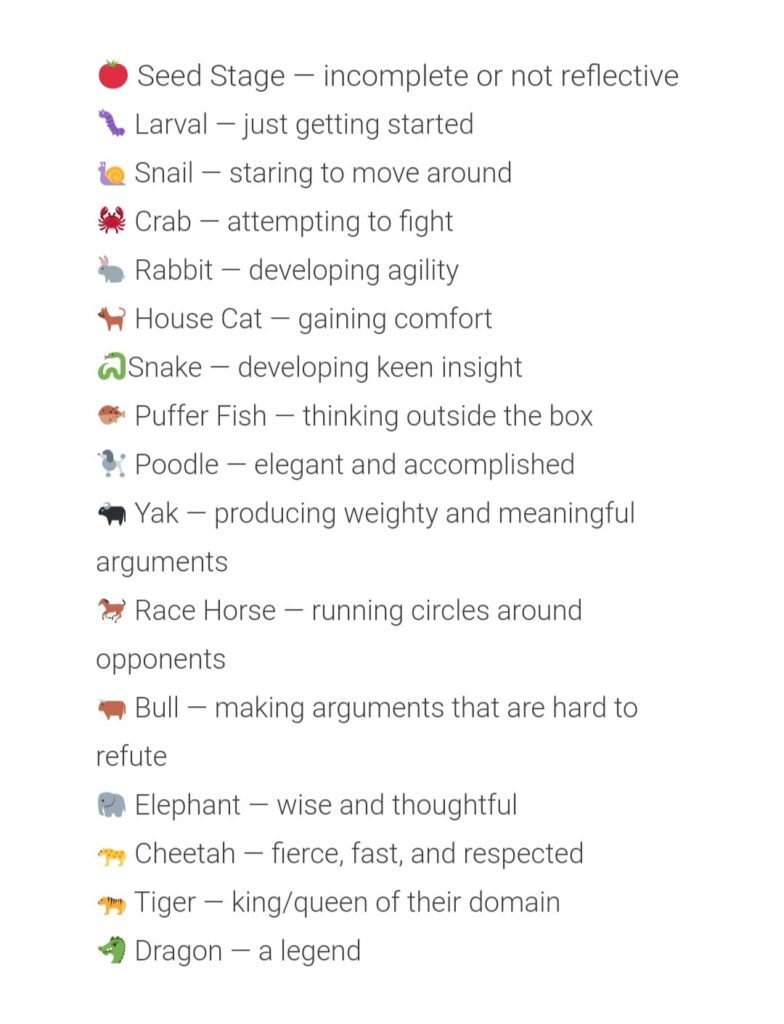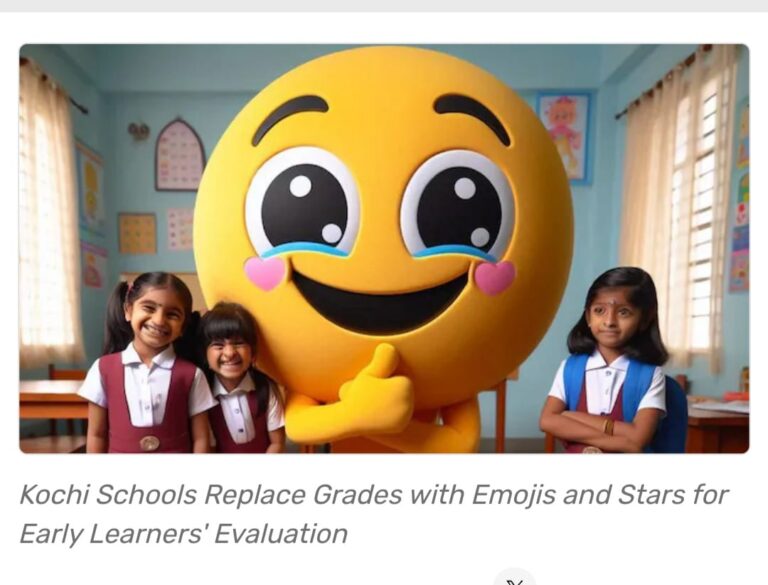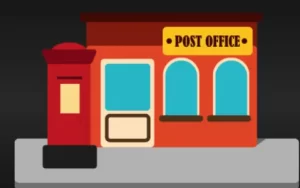![]()
Using emojis as a grading technique in schools offers an innovative, child-friendly approach to feedback. Pros include creating a less intimidating and more engaging evaluation system. Emojis like smiles, stars, or thumbs-ups can motivate students and convey emotional support, especially for younger children. They can simplify complex grading systems and foster positive reinforcement, making evaluations more relatable and enjoyable. Additionally, emojis may encourage creativity and cater to visual learners.
However, there are significant cons. Emojis can lack precision, leading to ambiguity in feedback. A “sad face” or “thumbs down” might discourage students, especially without clear explanations for improvement. They may also oversimplify the complexity of a student’s performance, providing insufficient insights for academic growth. Moreover, older students and parents might view this system as unprofessional or trivializing education. Emojis should ideally complement traditional feedback rather than replace it, ensuring evaluations remain constructive and development-focused.
Emoji Evolution: From Japan to Global Phenomenon
We all know emojis, those little characters, and symbols that every millennial uses… They’ve made their way from casual use on forums and text messages to full blown mainstream on our iPhones. Emojis have reached wide spread use, there’s no hiding it. You can even become fluent in the world’s hottest digital language.
Origin Story
Originally meaning pictograph, the word emoji comes from Japanese e (, “picture”) + moji ( “character”). The resemblance to the English words emotion and emoticon is purely coincidental.
The first emoji was created in 1998 in Japan by Shigetaka Kurita. He was part of the team working on NTT DoCoMo’s i-mode mobile Internet platform. Kurita took inspiration from weather forecasts that used symbols to show weather, Chinese characters and street signs, and from manga that used stock symbols to express emotions, such as light bulbs signifying inspiration.
The emoji keyboard as we know it today first made its appearance on the iPhone with the release of iOS 2.2 in 2008. From there it spread to the United States and skyrocketed in popularity around 2010.
A big moment in Emoji history was 2015 when Oxford Dictionaries named 😂 (Face With Tears of Joy) it’s word of the year. With this type of recognition, it was only a matter of time before entire books were published in the digital language all we love.
Ref: Jeff Nowak article

Report from India Today
CBSE schools in Kochi adopt fun emoji-based assessments for kindergarten kids
CBSE schools in Kochi are introducing emojis and stars to assess young learners, replacing traditional grades. This fun, stress-free approach aligns with the New Education Policy to foster holistic development.
Positive feedback from parents and students on reduced stress
In a move aimed at making evaluations more engaging and less stressful, several CBSE schools in Kochi have introduced a creative way to assess the performance of young students. Instead of the traditional marks or grades, emojis and stars are now being used to evaluate children from Pre-KG to Class 2.
This innovative assessment system, implemented from the current academic year, is designed to measure students’ progress through activities rather than written exams. School authorities believe that these visual symbols—like clapping hands, stars, or trophies—make feedback more exciting and memorable for children.
“Using emojis and stars has received an overwhelmingly positive response from parents and students alike,” said a teacher at a CBSE school in Kochi. “These visual cues not only motivate students but also reduce the anxiety associated with traditional grades.”
The change is in line with the foundational stage guidelines under the New Education Policy (NEP). TP Ibrahim Khan, president of the CBSE Management Association, stated that the new system aims to enhance essential skills such as communication, active learning, and overall well-being. “This method is not just about academic growth but also about fostering emotional and social development,” he explained.
While the CBSE board has not issued formal directives for implementing the system nationwide, many schools have embraced the change proactively. Integrated assessment strategies were designed through teacher workshops to ensure a smooth transition.
“Receiving a star or wearing it on their uniform can instil a sense of pride in students,” Khan added, highlighting how this initiative ties into the NEP’s emphasis on holistic development during the foundation years.
With this fresh approach, schools hope to encourage young learners to enjoy the process of learning, free from the pressures of conventional evaluations.







